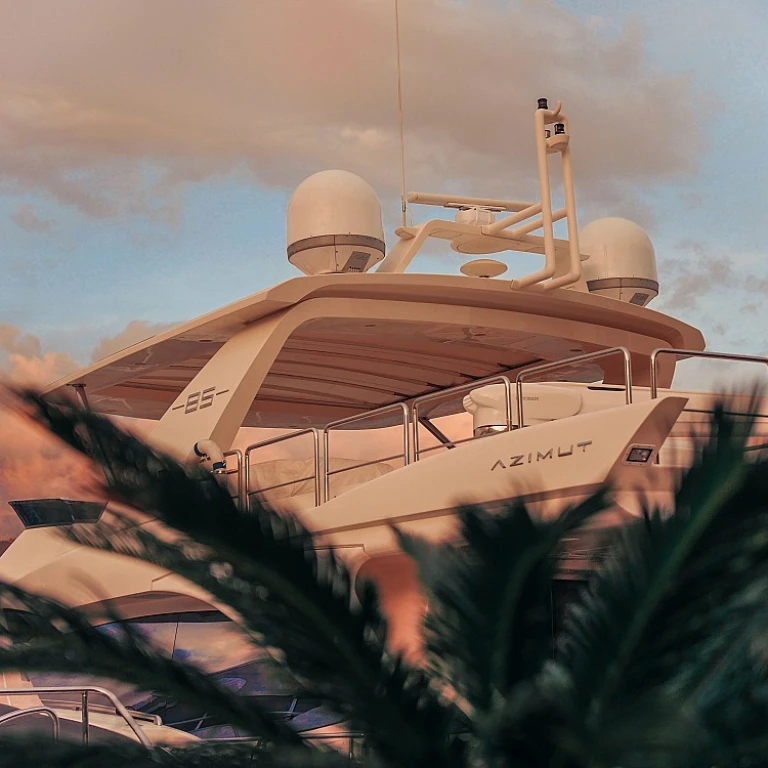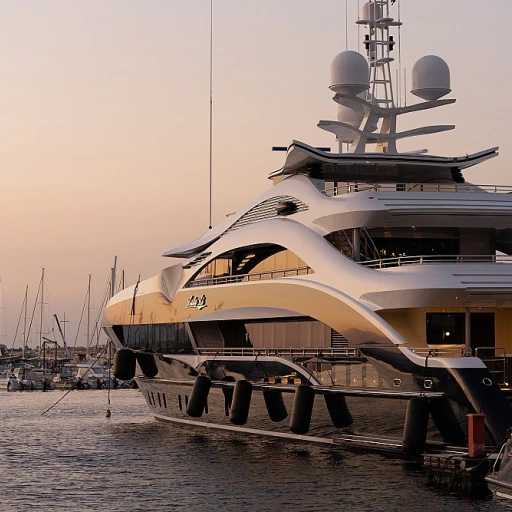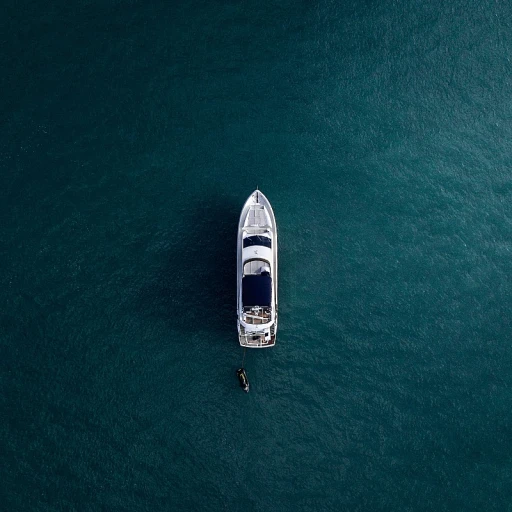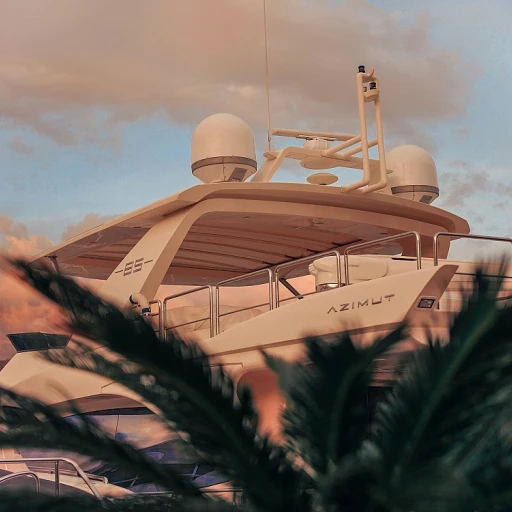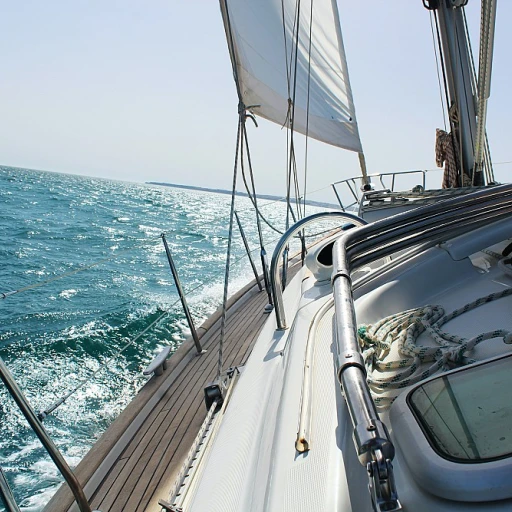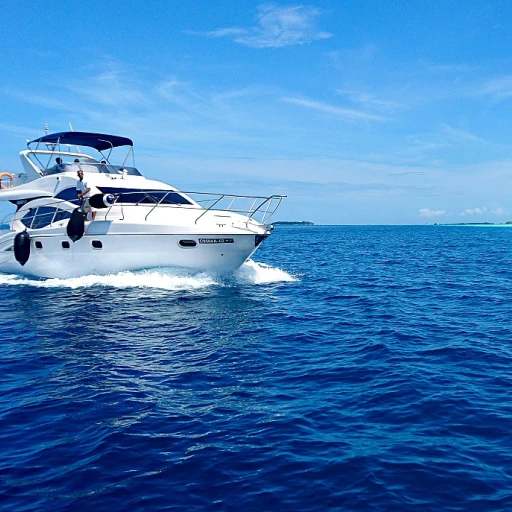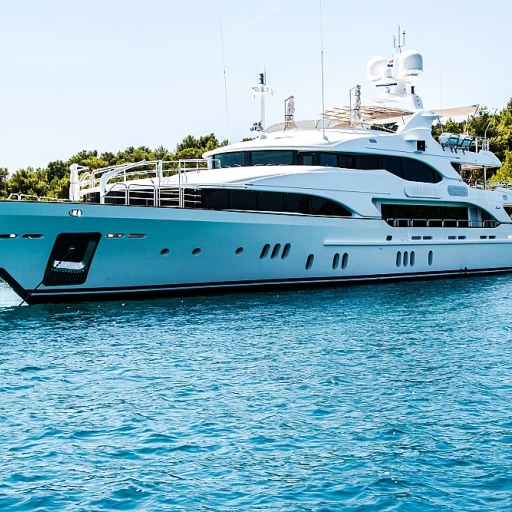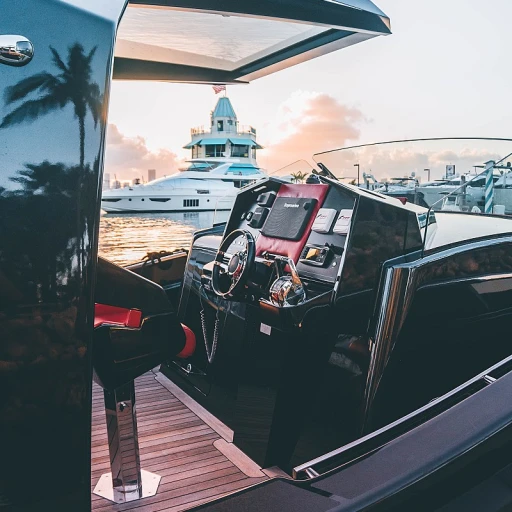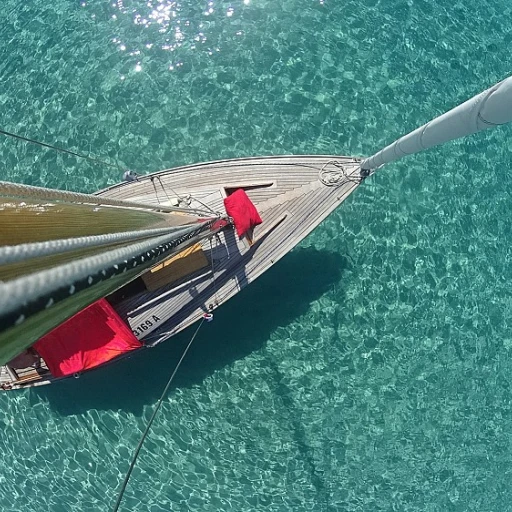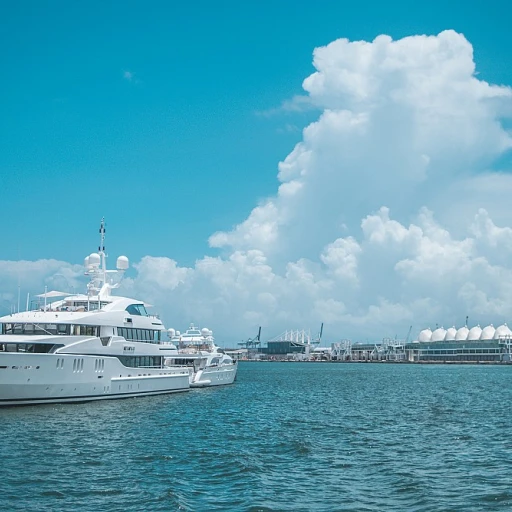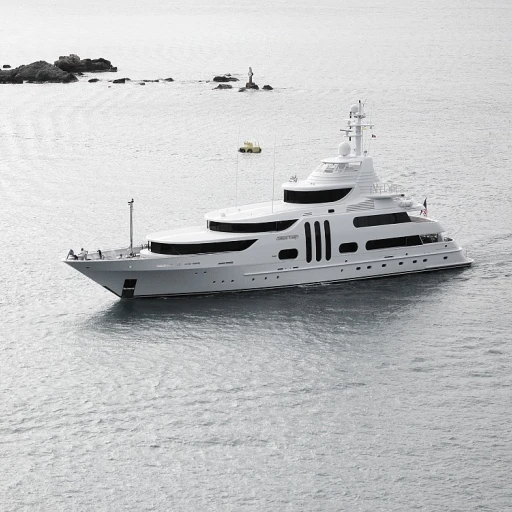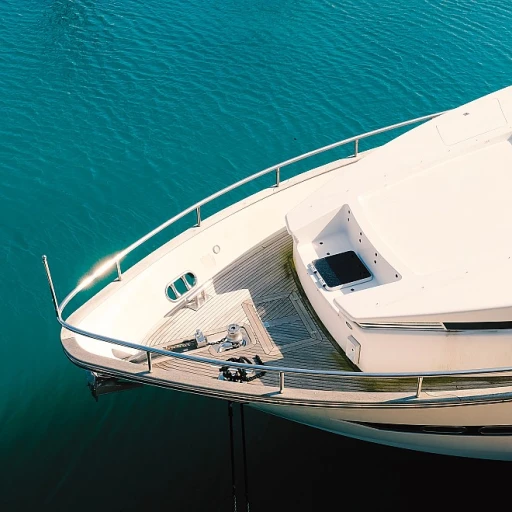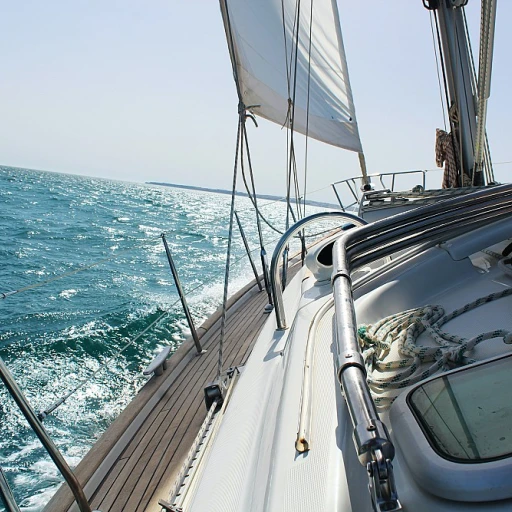
Understanding the Importance of Lifeboats on Superyachts
The Critical Role of Lifeboats in Superyacht Safety
Understanding the significance of lifeboats on superyachts is paramount when considering the overall safety equipment needed for maritime travel. While these luxurious vessels offer unparalleled experiences at sea, ensuring the safety of all onboard remains non-negotiable. Lifeboats and associated rescue gear provide crucial life-saving capabilities, transforming a potential maritime mishap into a managed emergency situation.
Superyachts operate in diverse and often challenging marine environments, which necessitates robust life-saving appliances. Lifeboats, be they traditional rescue boats, free-fall models, or life rafts, form an essential part of a yacht's emergency response arsenal. The presence of these safety vessels ensures compliance with SOLAS rescue requirements, offering peace of mind that in a crisis, efficient and effective evacuation is possible.
Furthermore, these safety measures extend beyond lifeboats alone. Life jackets, inflatable liferafts, and survival aids such as first aid kits and signaling equipment complement the lifeboats' capabilities, covering various emergency scenarios. Additionally, the integration of yacht tenders and other support vessels can significantly aid rescue operations, enhancing readiness for unforeseen situations.
Overall, the strategic inclusion and maintenance of life-saving equipment on superyachts underline the importance of being prepared for emergencies at sea. As advancements in technology continue to evolve, the scope and efficiency of these safety measures are enhanced, ensuring superyachts remain at the forefront of maritime safety and security.
Types of Lifeboats Used on Superyachts
Variety of Lifeboat Solutions for Superyachts
When discussing superyachts, one cannot overlook the crucial role that lifeboats play in ensuring safety at sea. These vessels, serving as a safety net during emergencies, come in various forms, each tailored for specific needs and conditions encountered on the open water.
Closed Lifeboats: The Go-To for Comprehensive Protection
Closed lifeboats provide an all-encompassing protection level against harsh weather conditions and heavy seas. These encapsulated vessels, designed to withstand rough environmental factors, ensure occupants remain dry and secure. Their structure minimizes exposure to external elements, making them a preferred choice for many yachts.
Open Lifeboats: Practicality Meets Simplicity
In contrast to their closed counterparts, open lifeboats offer a more straightforward design, focusing on ease of deployment and simplicity of use. Although less protective against severe conditions, they are often favored for shorter journeys or in waters with milder climates, providing adequate safety with more nimble characteristics.
Free-Fall Lifeboats: Speedy Deployment in Emergencies
Understanding how swiftly emergencies can escalate, superyachts are equipping with free-fall lifeboats, which allow for a rapid and safe escape. These boats are released from a height, leading to a quick entry into the water, and offering an efficient solution when time is of the essence.
Life Rafts: The Compact Alternative
Life rafts serve as a compact and easily stowed alternative to traditional lifeboats. These inflatable liferafts allow yachts to maximize space without compromising on safety. Their practicality is unmatched, permitting quick access and deployment in case of an emergency.
Integrating Safety Equipment
Yacht industry regulations emphasize not only the provision of lifeboats but also the essential integration of safety equipment. This includes life jackets, SOLAS rescue gear, and basic emergency kits. All these components, when combined with lifeboats on board, ensure comprehensive safety for those aboard and elevate the overall security measures.
Technological Innovations in Superyacht Lifeboats
Advanced Lifeboat Technologies for Modern Superyachts
Superyachts continue to evolve with cutting-edge advancements, and the same goes for their life-saving equipment, particularly lifeboats. In recent years, technological innovations have significantly enhanced the design, functionality, and safety of lifeboats, setting new standards for these essential appliances. One of the most notable advancements in superyacht lifeboats is the introduction of free fall lifeboats. These innovative designs offer an efficient method of launching, as they quickly plummet into the water from a height, minimizing the time between emergency and rescue. This method is not only faster but also reduces the risk of injury during deployment, which is a critical aspect in life-saving scenarios. Closed lifeboats are another significant innovation, providing robust protection against harsh elements and rough sea conditions. With watertight sealing and superior insulation, these lifeboats ensure the safety of passengers by keeping harsh weather at bay, while also offering an increased sense of security during rescue operations. Additionally, the incorporation of state-of-the-art navigation and communication systems has transformed lifeboats into high-tech rescue vessels. Equipped with GPS, radio systems, and modern radars, these boats can coordinate better during rescue missions, enhancing the efficacy of emergency responses. Inflatable liferafts have also witnessed remarkable advancements. Modern versions are now lighter, more compact, and easier to deploy, while maintaining the strength and stability required in life sea scenarios. Materials used are designed to withstand prolonged exposure to the marine environment, ensuring durability and reliability. In keeping with Maritime Safety regulations, including SOLAS (Safety of Life at Sea), the integration of these technologies ensures all superyachts are equipped with capable, reliable lifeboat solutions. Through these innovations, vessel safety is enhanced, offering yacht owners and crew peace of mind. For those interested in further enhancing their yacht experience with state-of-the-art tools, the Magma Boat Grill offers a perfect blend of design and functionality, enriching life on the water.Regulations and Standards for Lifeboats on Superyachts
Guidelines and Compliance for Superyacht Lifeboats
Ensuring safety on the water, particularly on super yachts, requires adherence to stringent regulations. The use of lifeboats and other safety equipment on yachts is governed by comprehensive standards. This is where the Safety of Life at Sea (SOLAS) regulations come into play. These guidelines specify the requirements for all safety appliances aboard, including life jackets, life rafts, and rescue boats.- SOLAS Compliance: Superyachts, especially those engaged in international voyages, must meet SOLAS standards. These include requirements for lifesaving appliances such as inflatable liferafts, closed lifeboats, and rescue boats designed for emergency scenarios.
- Lifeboat Type and Configuration: The essential guideline is that yachts must have lifeboats that are easily accessible and ready for quick deployment. Both open lifeboats and free-fall lifeboats must comply with SOLAS rescue regulations for the safety of all onboard.
- Emergency Readiness: Alongside lifeboats, the vessel should carry an adequate number of yacht tenders, equipped to serve as immediate response units in case of emergencies. These rescue boats play a significant role in ensuring survival at sea, assisting in situations that require quick mobilization.
- Equipment Maintenance: Regular checks and maintenance of all life-saving appliances are crucial. From ensuring the functionality of each life raft to verifying the condition of each aid kit, it is vital that all equipment is ready for use.

